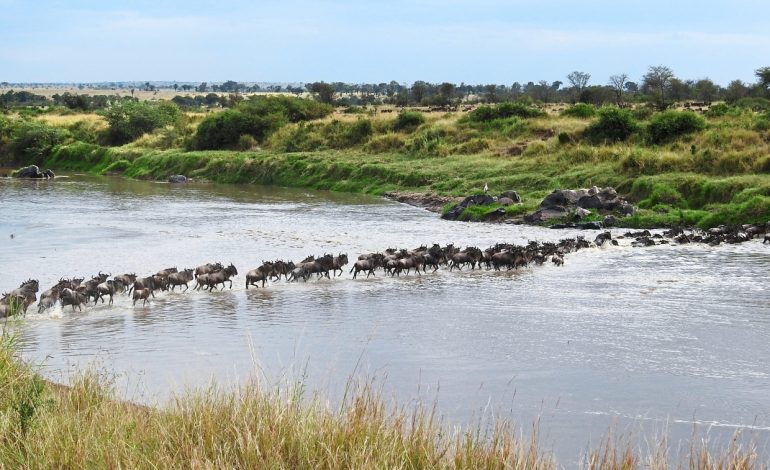
Sometimes, the wildebeests will form a single line to cross the river. — Photos: WONG CHUN WAI/The Star
The wildebeest isn’t exactly the best-known animal to most of us here. They aren’t striking in appearance and people often mistake them for buffaloes or wild cows of Africa, or at least assume they have similar lineage.
However, they are antelopes, although they belong to the family which includes cattle, goats, sheep and other even-toed species.
They play minor and insignificant roles in the Disney animated films, Lion King. Lowering their stature even further, they were portrayed as non-communicative animals, and we probably only remember their existence because Simba almost got killed in the massive wildebeest stampede.
They chased Simba deeper into the gorge, but fortunately, his father Mufasa came to his rescue. However, in that tragic scene, Mufasa is killed by his brother, Simba’s uncle, Scar.
Most of us would recall the scene of these not particularly beautiful and forgettable buffalo-looking animals running around like crazy in huge numbers.
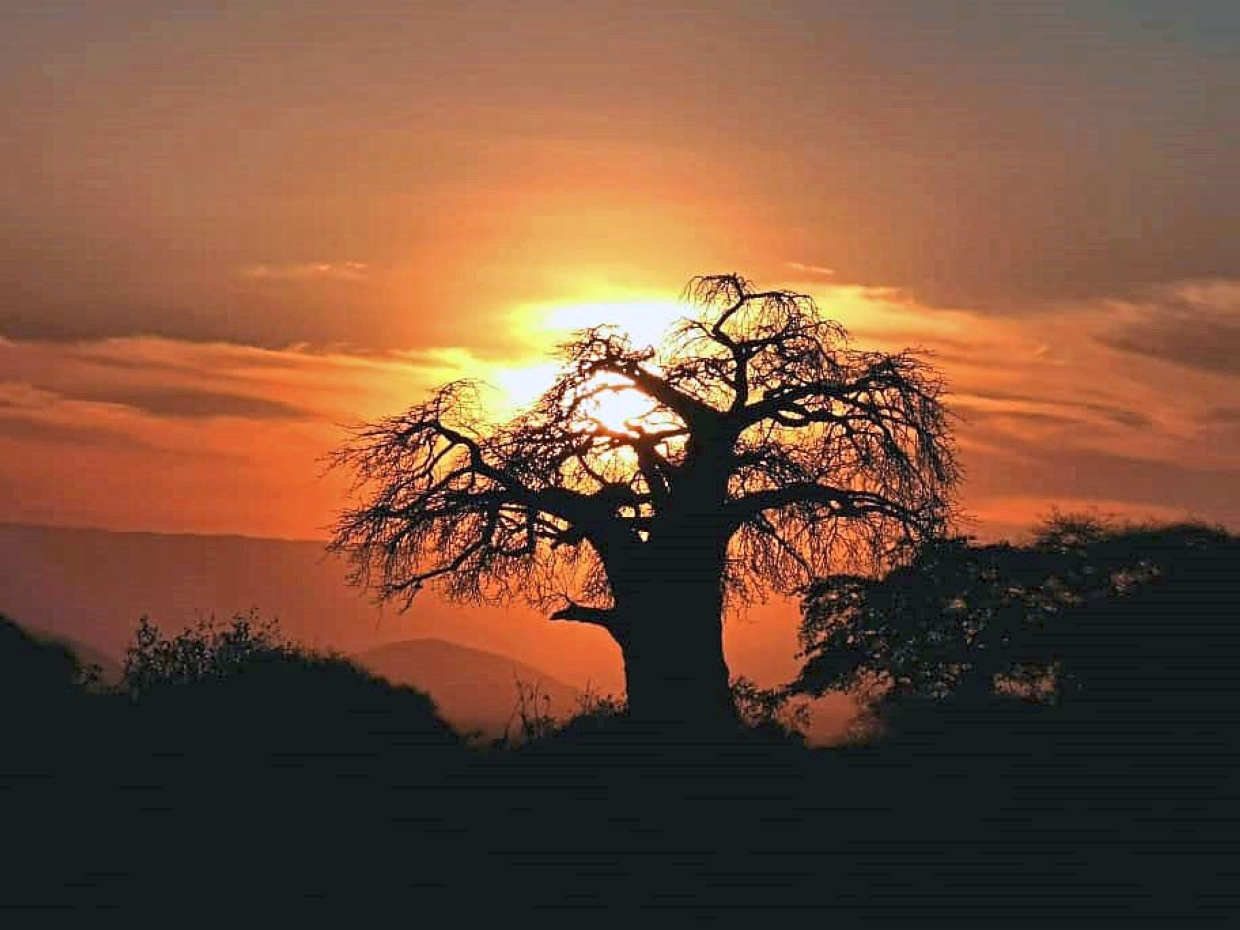
Sunset at the Tarangire National Park is simply breathtaking.
It was that scene in Lion King that created a lasting impression on me, rather than those National Geographic documentaries. I guess that’s the power of popular culture.
Last month, I travelled to the Serengeti in northern Tanzania to watch such stampedes, or more precisely, the largest mammal migration in the world.
The region, which spans over 77,700sq km (30,000 sq miles), has the largest concentration of African animals. It’s renowned for its large lion population and is ranked one of the best places to observe these creatures in their natural habitat.
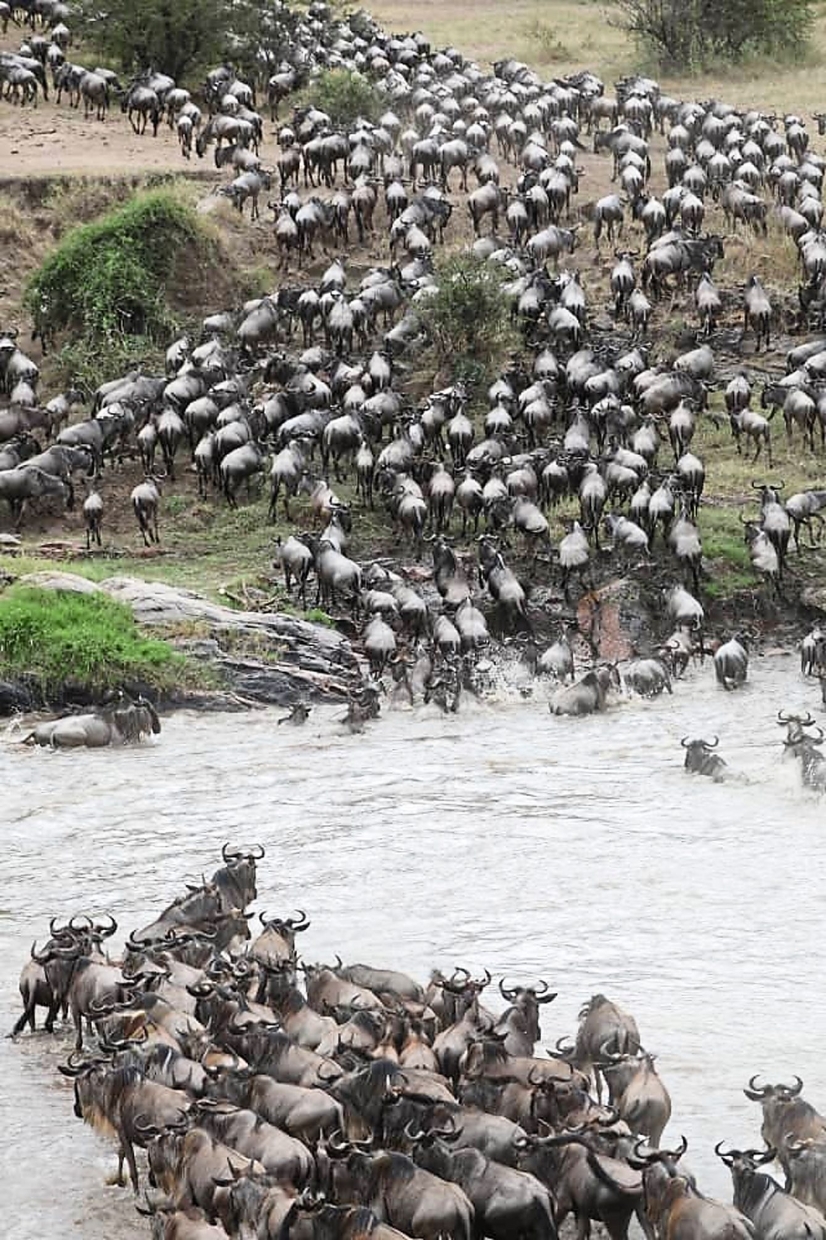
The migration of wildebeests in the Serengeti is one of the best things to experience in Tanzania. — SIN CHEANG LOONG
But the most populous animal is the wildebeest, numbering over 1.7 million, and they can be seen just about everywhere in the Serengeti (meaning “the endless plains” in the Maasai language).
This is the dry season in Tanzania, and the best time to be there for the Great Wildebeest Migration, as the annual relocation of these animals is called. They are sometimes joined by the zebras and gazelles across Northern Tanzania and Kenya.
Dubbed the great animal spectacle on Earth, an estimated two million of these animals move in a regular pattern through the Serengeti and Masai Mara ecosystems in search of greener pastures. However, since the timing and location of them crossing the river during their migration is largely down to guesswork, plenty of patience is needed to witness this great event because it involves endless hours of waiting.
In one instance, my Malaysian travellers and I circled around the same sprawling area for eight hours to ensure we didn’t miss the event. It meant waiting an hour or two, and even though we saw the massive assembly, nothing happened initially.
So, we headed to another area after the guides called each other to exchange information on the animals’ movement. After all, these are wild animals, so there’s no such thing as scheduled timing for crossing.
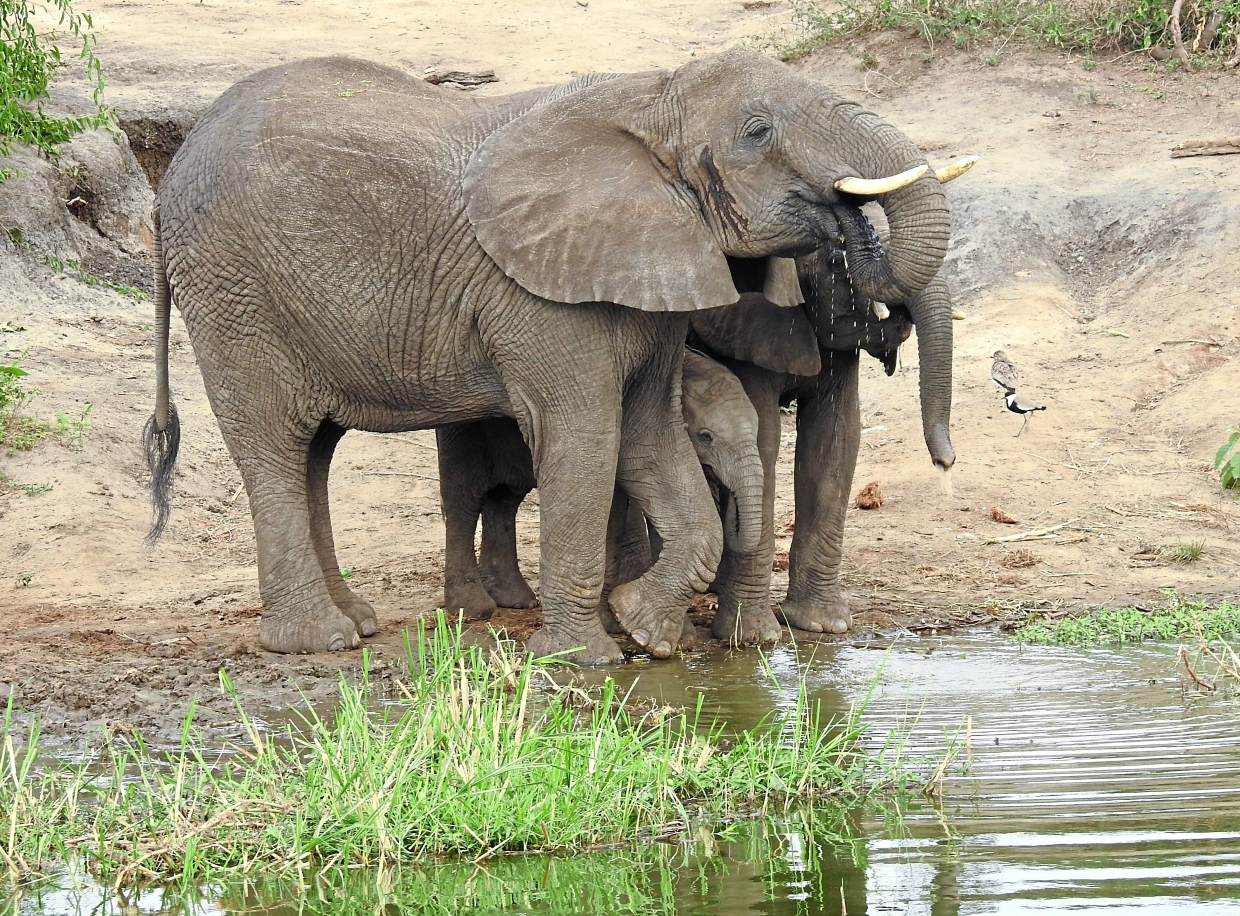
A jumbo family at the Tarangire National Park.
Besides being patient, we also learned to lower our voices when chatting. And our jeeps had to stay camouflaged as well, parking behind trees to avoid startling the wildebeest.
The “covert operation” constituted sitting in the jeep with the hot sun bearing down us, just hoping the crossing would happen. Largely, we sat there baking under the merciless sun since almost all the jeeps are not air-conditioned.
My guide, Charles Mpanda, was a man of great patience and told us to take his lead, assuring us we would be rewarded with a “great spectacular scene”, saying he would not let us return to the lodge until “I deliver to you what I have promised”.
We were under strict orders to remain in our vehicles, and if we had to ease ourselves, we had to make a quick exit to the nearest possible bush, which was like an al fresco outhouse. Hazards while doing the deed in the shrubs could come in the guise of a wild animal or an irate warden who could easily penalise us for safety violations.
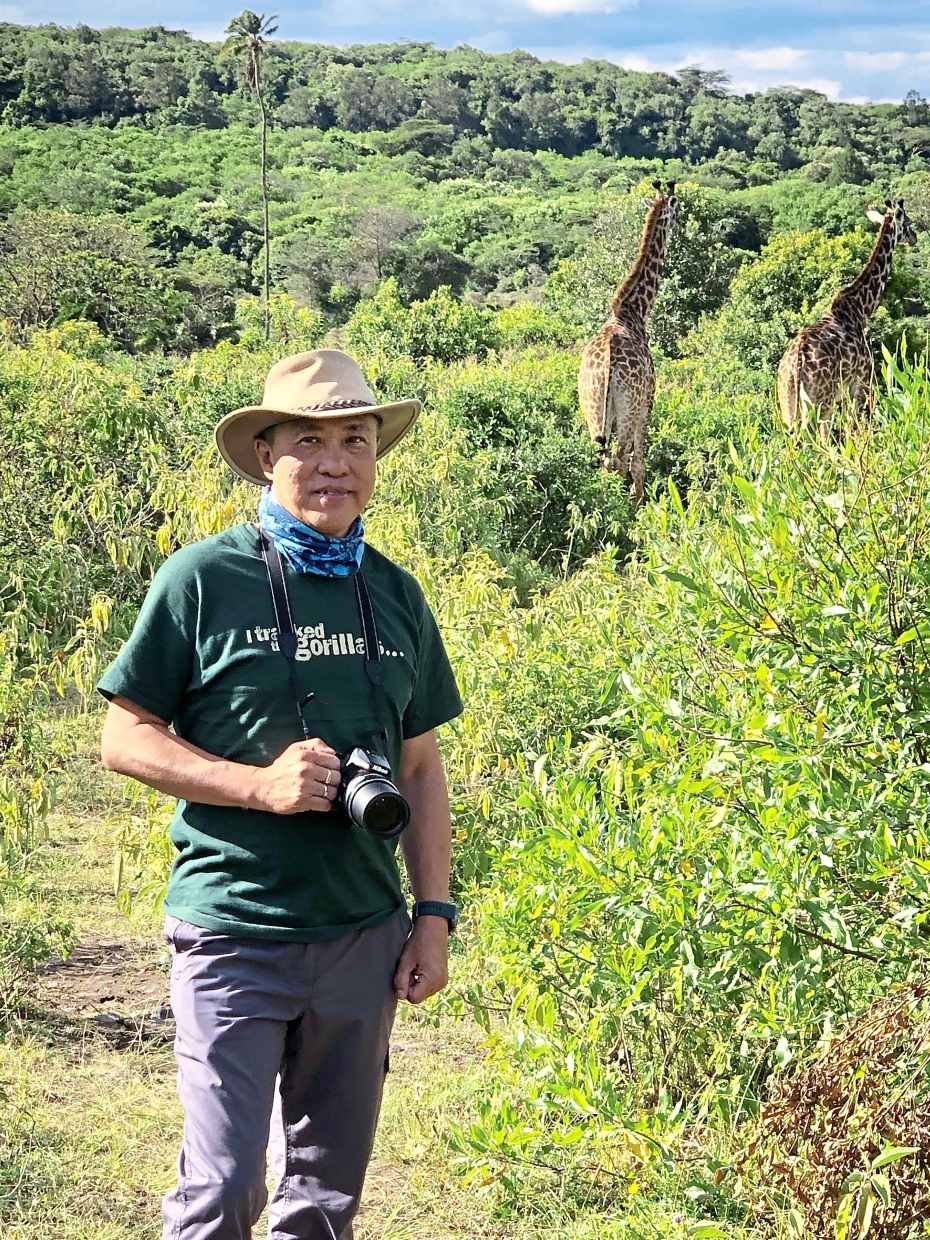
The writer at Arusha National Park. He and his travel companions patiently waited for hours each day to get a good glimpse of the animals roaming freely at the park. — SIN CHEANG LOONG
While nothing is certain, there were signs to look out for indicating the migration would begin, such as the wildebeest running together in huge numbers – sometimes in a single file – to a gathering point near the riverbanks.
Once they gather, they tend to wait for a leader (if there is such a thing) to begin the rush, before the entire herd joins in.
I finally saw how the “herd mentality” works, and in one incident, two herds crossed in opposite directions in the same spot, exemplifying the old adage “the grass is always greener on the other side.”
The Great Migration in Tanzania can be witnessed all year round with the wildebeest migrating in a circular motion around the Serengeti National Park. According to reports, one stands the chance of seeing up to thousands of them crossing the great Mara River between the months of July and October, which is when the wildebeest graze in the northern Serengeti plains.
“As the sight of the wildebeest crossing is so dramatic, it is considered by many the most desirable time to see the migration,” says one report.
From December to March, during the calving season, the wildebeest gather in the southern area of the Serengeti, particularly in Ndutu, located in the Ngorongoro Conservation Area.
“Along with the river crossings, this is a real highlight of the wildebeest’s journey and a fabulous time to see the herds congregate on the dramatic sweeping plains of the south.
“February is the only time of year when you are almost guaranteed to see the big herds all together as they always come south for calving season,” reveals tanzaniaordyssey.com.
It also said that for the rest of the year, in November, April, May and June, the migration is “in between” locations, and as such, these months are slightly transitional times to see the herds.
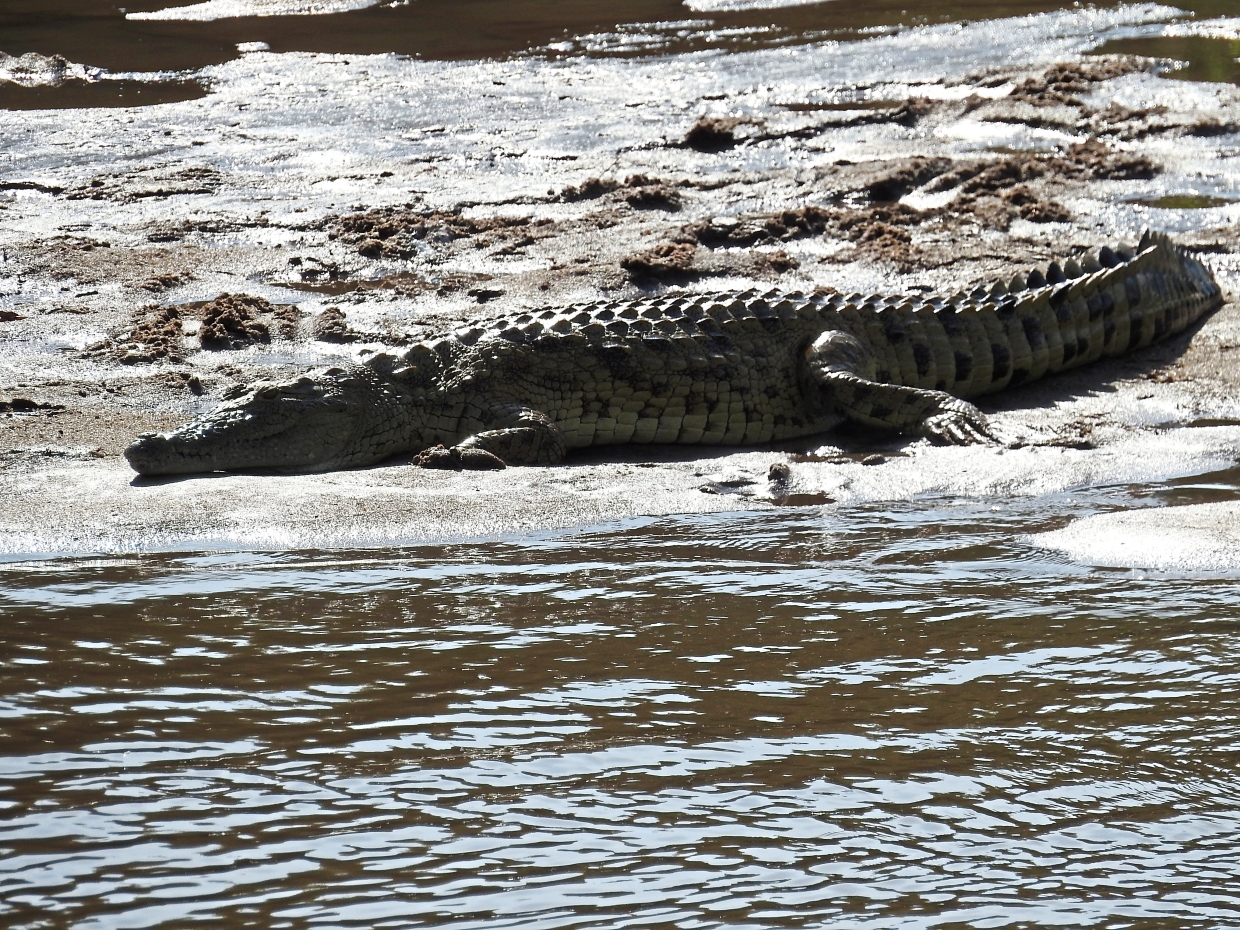
Alligator at Tarangire National Park.
Apparently, November is the time of the short rain season, unlike April and May, when it rains for longer, and as such, the grass is green in these months across the Serengeti. So, the wildebeest are more dispersed than in the prime times of July to October and December through to March.
Wildebeest are described as “notoriously unreliable” and “although they generally all head from south to north Serengeti and back around again, they often zig-zag along the way, making it sometimes impossible to predict where the big herds will be at any given time.”
It also said the “the migration undertaken by the wildebeest is an annual event which sees one and a half million wildebeest accompanied by hundreds of thousands of zebras and numerous other antelope species as they search for greener pastures. The animals follow a clockwise movement through the Serengeti following the rains for the lushest of grass. The 500km is fraught with danger, with many predators such as lions, cheetahs and crocodiles preying on the animals.”
During my 12-day stay in Tanzania, I witnessed four migrations, and all had happy endings. There wasn’t a single casualty, and all the wildebeest made 100% successful crossings.
I’m not sure how I would have handled it emotionally had I seen these animals being attacked by crocodiles, but thank God, I saw them spared from such ugly scenes, even if this is all part of the cycle of life.
But the Serengeti isn’t just about the wildebeest, as there are plenty of amazing animals to watch up close and personal. This is simply amazing Tanzania.
How to get there:
I flew with Qatar Airways from Kuala Lumpur to Doha for seven-and-a-half hours and then took a connecting flight (six hours and 40 minutes) to Kilimanjaro Airport in Tanzania, where our guide waited to whisk us on our safari trip of a lifetime in this beautiful country.





